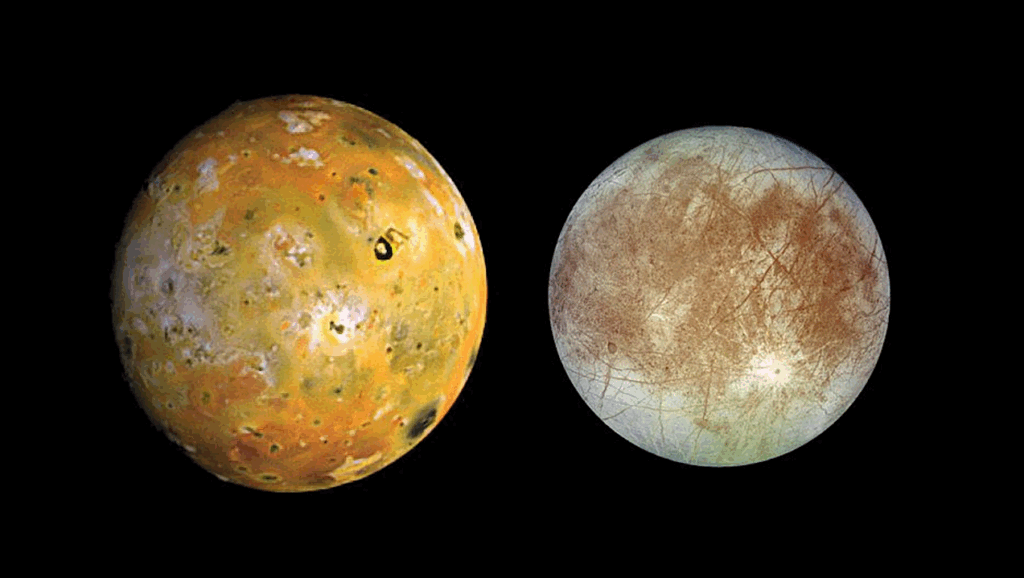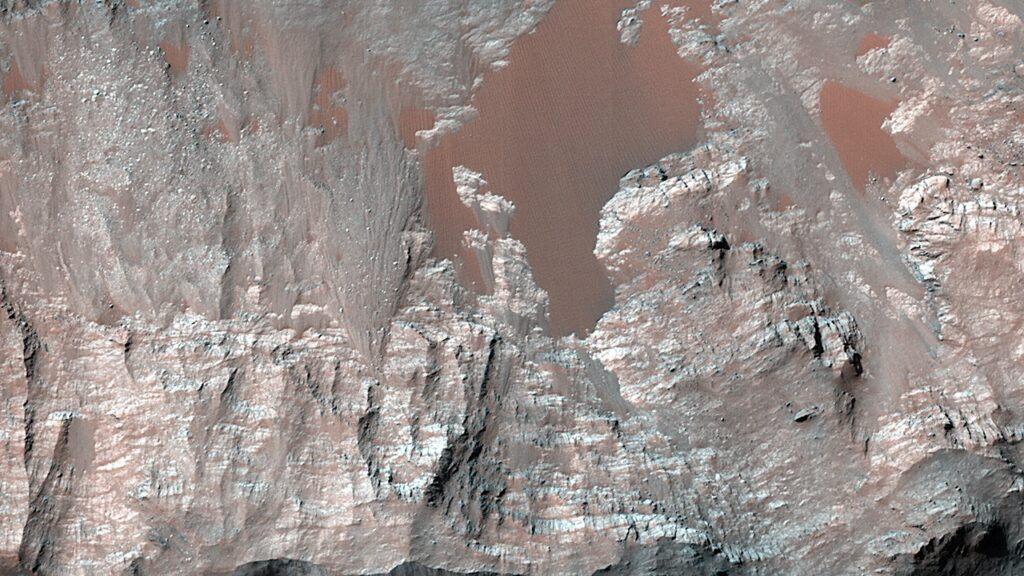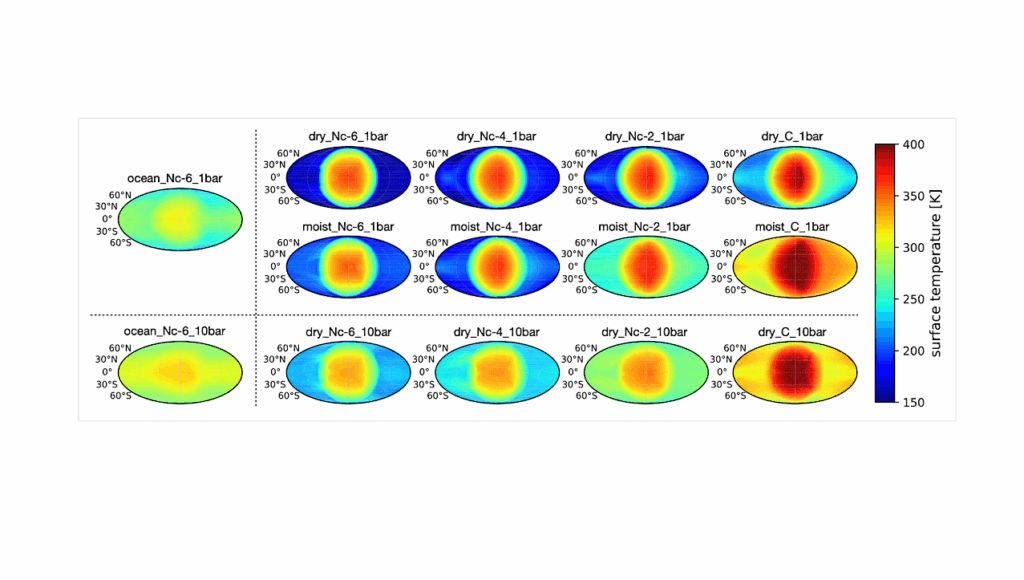InSight Pressure Data Recalibration, and Its Application to the Study of Long-Term Pressure Changes on Mars

Observations of the South Polar Residual Cap suggest a possible erosion of the cap, leading to an increase of the global mass of the atmosphere.
We test this assumption by making the first comparison between Viking 1 and InSight surface pressure data, which were recorded 40 years apart. Such a comparison also allows us to determine changes in the dynamics of the seasonal ice caps between these two periods.
To do so, we first had to recalibrate the InSight pressure data because of their unexpected sensitivity to the sensor temperature. Then, we had to design a procedure to compare distant pressure measurements. We propose two surface pressure interpolation methods at the local and global scale to do the comparison. The comparison of Viking and InSight seasonal surface pressure variations does not show changes larger than +-8 Pa in the CO2 cycle. Such conclusions are supported by an analysis of Mars Science Laboratory (MSL) pressure data.
Further comparisons with images of the south seasonal cap taken by the Viking 2 orbiter and MARCI camera do not display significant changes in the dynamics of this cap over a 40 year period. Only a possible larger extension of the North Cap after the global storm of MY 34 is observed, but the physical mechanisms behind this anomaly are not well determined. Finally, the first comparison of MSL and InSight pressure data suggests a pressure deficit at Gale crater during southern summer, possibly resulting from a large presence of dust suspended within the crater.
L. Lange, F. Forget, D. Banfield, M. Wolff, A. Spiga, E. Millour, D. Viúdez-Moreiras, A. Bierjon, S. Piqueux, C. Newman, J. Pla-García, W. B. Banerdt
Subjects: Earth and Planetary Astrophysics (astro-ph.EP); Instrumentation and Methods for Astrophysics (astro-ph.IM)
Cite as: arXiv:2209.13412 [astro-ph.EP] (or arXiv:2209.13412v1 [astro-ph.EP] for this version)
https://doi.org/10.48550/arXiv.2209.13412
Focus to learn more
Journal reference: Journal of Geophysical Research (Planets), vol.127, pp.e07190 (2022)
Related DOI:
https://doi.org/10.1029/2022JE007190
Focus to learn more
Submission history
From: Francois Forget
[v1] Tue, 27 Sep 2022 14:12:51 UTC (41,130 KB)
https://arxiv.org/abs/2209.13412
Astrobiology








